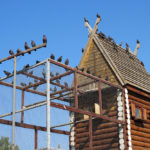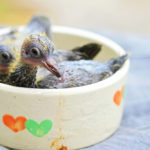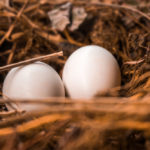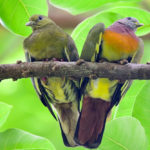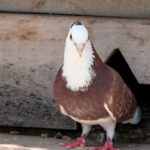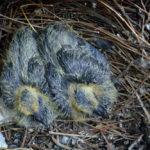Welcome, fellow bird lovers!
If you’re here and you’re reading this article, it is highly likely that you found a friend in need, and you want to take the best possible care of them.
Perhaps your new found companion is injured, and you want to help them out while they recover. Maybe they were the pet of another person, and they’ve flown a little too far from home.
They need your help, and you’ve decided to give it to them.
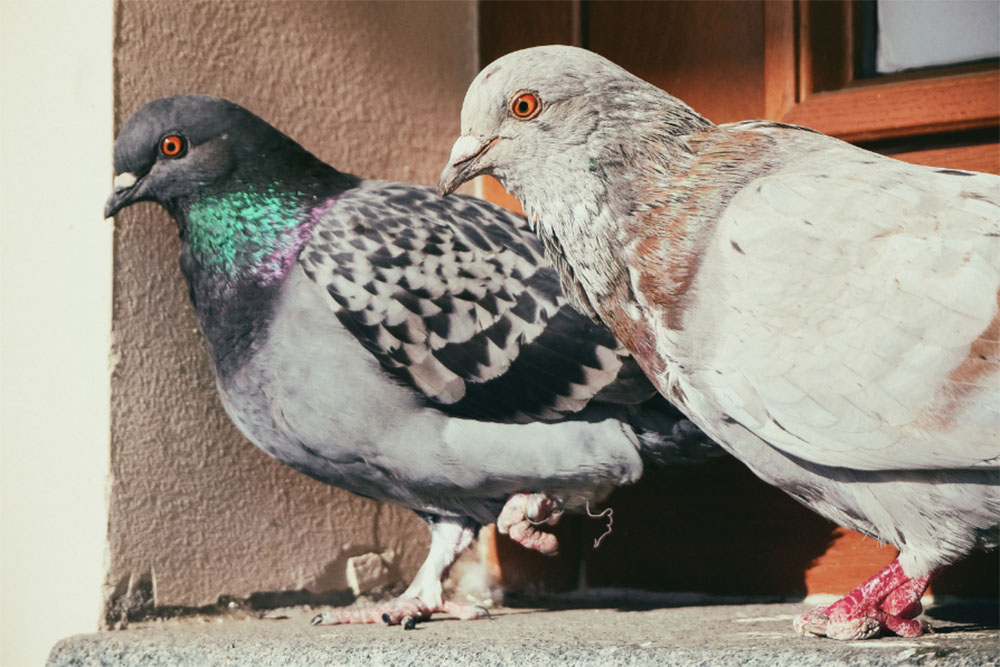
Good for you! It takes a lot of heart and generosity to choose to shelter a wounded or missing animal, and you should feel good about yourself for doing so.
However, this is no easy decision to make, we’re sure: after all, last time we checked, they didn’t teach you how to take care of birds in school, especially those who are not usually kept as pets.
A non-domesticated animal is used to surviving in the wild, and may find it confusing to suddenly find themselves in a human’s home, even if it may be in their best interest.
Today, we’re going to help you!
Continue reading this article to discover just how you can care for a pigeon – specifically, someone’s missing pet – and how to make the process easier for both you and your poorly and/or lost friend.
There’s no time to waste!
So, let’s get straight into it.
Confirm That The Pigeon Really Needs Your Help
If the poor bird is injured, this will appear fairly obvious: they may be unable to fly, and will be hanging around a certain area for a longer period of time than usual.
In this case, they will need help to recover, and you can help them!
While pigeons are fairly easy to look after, you should probably contact a pigeon expert to help you identify the health condition, and what you should do about it.
While some pigeons are kept as pets, most are wild animals, and in this case, you should not keep them in your home.
Doing so may damage their ability to survive in the wild once they healed and have been released.
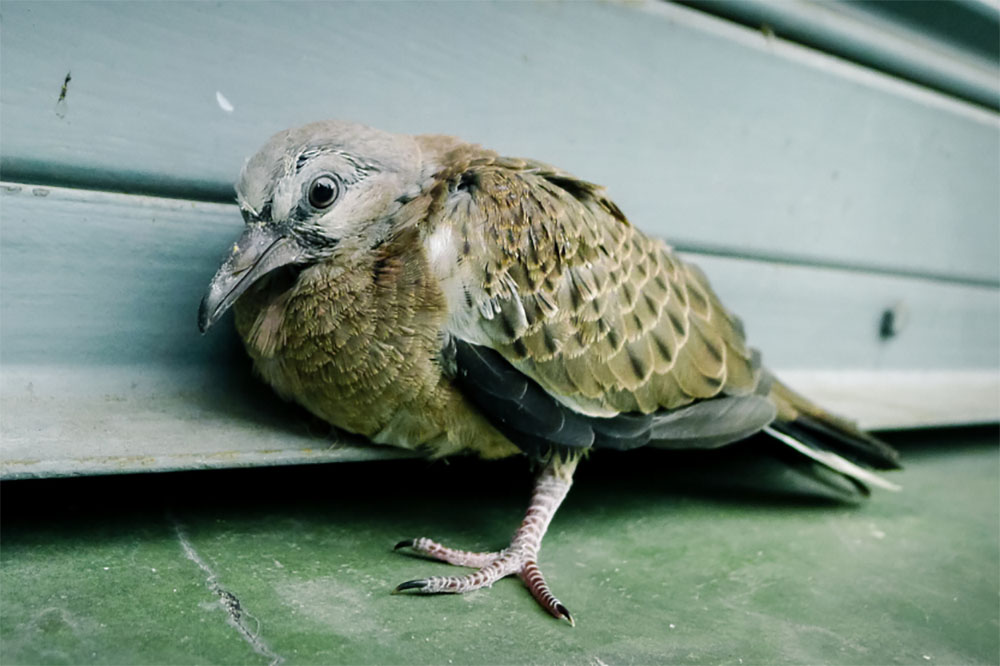
In this case, your best option is to contact a wildlife centre or a veterinarian: they will not only know how to help the poor animal, but they may also decide to take the situation into their own hands and nurse the creature back to health themselves.
You will need to ask if the facility is pigeon-friendly, as some places will, unfortunately, put the animals down due to them being so-called ‘nuisance animals’. This is the last thing you want to happen!
Of course, if the pigeon is simply hanging around in a certain area but has displayed that it can fly, and it appears to be healthy, you should leave them be.
After all, most pigeons are fine surviving on their own, and ‘helping’ them may cause more harm than good.
You should always make sure that they really need your help before taking any action. If you can catch the pigeon without any issues, the likelihood is that they need help, as most birds will simply fly away before you get the chance to get hold of them.
If the pigeon was previously domesticated, you will generally be able to tell right away: household pigeons tend to be quite a bit larger than the average, and will be colored white rather than gray.
If it has a numbered band around its ankle, and seems to be lingering around a certain area, this is a sign that it is a homing pigeon that has failed, or is failing, to join a flock.
This is a pigeon that may need some assistance. Some domesticated birds will actually approach you for help, so if a pigeon walks up to you and makes their presence known, they may be asking for your assistance.
If you are still unsure, just keep an eye on him or her from a distance for a little while before you make the decision to take them into your home.
Make sure that you are making the right move for their wellbeing.
Carefully Catch The Pigeon
As previously mentioned, if the pigeon flies away, this is a clear indication that they do not want to be caught, and in that case, they probably don’t need your help.
This may be obvious, but you should have a box at the ready to place the pigeon into if you’re quite far from home.
Line the box with something soft, such as a blanket or soft cloth, to ensure that the pigeon will be as comfortable as possible: after all, I think we would all be a little frightened if we were suddenly captured and stuffed into a hard, uncomfortable box, especially if we were already injured and in pain.
Failing this, a paper bag will suffice as long as you make sure to fold it over or clip it shut so that the bird won’t fall out.
Most importantly, make sure that they can breathe through the box or bag! If they are secured into an airtight space, you will harm them further, and could possibly kill them if they are in there for too long.
If the pigeon is hurt, it should be fairly easy to catch them: carefully pick it up, holding it across its back and wings, being wary of its injuries.
If you grasp the bird too tightly, or from the wrong angle, you may be endangering it further.
Perhaps the bird has injured its wings, but it can still run. In this case, your best option is to – again, gently – throw a light towel or blanket over it, or even a small net if you happen to own one, loosely restraining it so that you can safely place it in the bag or the box to carry home.
Try using food, such as unsalted seeds, nuts, rice or lentils (cooked or uncooked), to lure it towards you, or if the creature is close to your home, try steadily walking behind it to lure it towards your house, slowly chasing it into a corner so you can pick it up and carry it to safety.
If you have handled the bird with your bare hands, be sure to thoroughly wash your hands as soon as you have gotten them to safety.
There is an infectious respiratory disease called Histoplasmosis that develops through spores that grow in wet bird manure, and although rare, it can be fatal if caught.
Once the pigeon is safe and captured, avoid touching your face, and wash your hands with soap and water as soon as possible.
Indoors Or Outdoors?
In this next step, it is time to do your research to decide whether you should keep this animal outside in your garden, or sheltered inside your home.
It is very important to know which is the best option for your new found bird.
Of course, pigeons are most familiar with living outside: it is where you found it, and where it is probably most comfortable, providing that it is a non-domesticated creature.
If this is a previously domesticated animal, then there should still be no harm in keeping them outside, providing the environment you create for them is secure and comfortable.
If this is your decision, even if temporarily, then you must invest your time into creating a safe area for the pigeon to stay in.
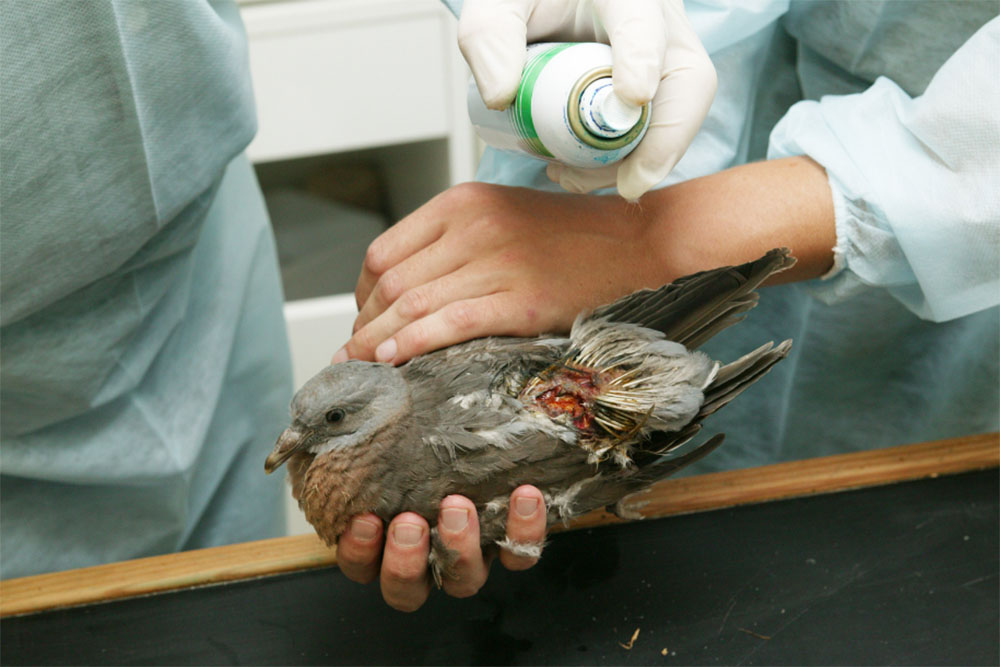
This factor is even more important to think about if you already have pets living in your home, such as cats or dogs: if the bird is freely wandering around your garden, your current pets may see it as a threat, or even worse, as a meal.
This also goes for if you have neighbors with pets, as they may find your way into your garden and harm the pigeon themselves.
It is so important to provide the bird with a cage that is resistant to possible predators, ensuring that they will be as protected as possible during their recovery.
The cage must be securely built and have narrow bars, preventing other creatures from getting inside, but also stopping the pigeon from getting out.
Most bird cages are not predator-proof, so it is important that you do your own research to find the perfect cage for your winged guest.
The bigger the cage, the better: like most animals, pigeons need space to move around and feel comfortable, so it would be unfair to place them in a tiny area in which they can’t even stretch their wings.
The smallest size you should consider would be 42 inches wide, 27 inches deep, and 30 inches high, but as we said, there is no harm in getting something a little bigger.
If your pigeon seems to be domesticated, you should keep it in a cage inside your home.
Again, you must keep them inside a predator-resistant cage for their own safety against other pets roaming your house, and several other potential threats.
Place the cage in a well-lit area that isn’t too hot or too cold, as you don’t want them to over heat or freeze.
Whether the bird is staying inside or outdoors, you should take the time to line their cage floor with something soft, such as wood, plastic, or even a cut-up yoga mat.
A simple wired floor with gaps will be uncomfortable for the bird’s feet. This will also make it easier for you to clean the cage.
Providing Food And Water
Once you have done the most important stuff, such as confirming its medical issues and providing the bird with its comfortable, safe, temporary home, it is time to think about what it will need to consume to survive.
You won’t know how long it has been since the pigeon last drank or fed, and now that it is staying in your care for the time being, it is your responsibility to provide it with suitable food and clean water.
Provide the pigeon with a small bowl filled with clean water, allowing it to drink whenever it feels like.
If they seem to be particularly exhausted, you may add up to two tablespoons of Gatorade into its water: the electrolytes will provide the pigeon with some energy.
While it is simple enough to keep them hydrated, you will need to do a little more research while finding suitable food: some kinds of food may be toxic and indigestible for a bird, so it is important to discover just what is and isn’t safe for your pigeon.
As we mentioned before, pigeons can eat unsalted seeds, nuts, rice and lentils.
It is also safe to feed them certain vegetables, such as broccoli, carrots, bell peppers and lima beans: just be sure to cut them up properly to minimise the risk of choking!
Most pet stores will sell ready-made bird food, which is usually a mix of seeds and grains, although this will most likely be a little more expensive than simply purchasing the seeds separately.
If it appears that the creature is struggling to eat due to being too weak or injured, you should seek immediate medical advice from a veterinarian or a bird expert.
Allow Them to Stretch Their Wings!
If the pigeon is unwell due to having injured wings, they will be unable to fly.
However, after giving them some time to rest, they will eventually want to leave the cage and learn to soar through the air once again.
This will also help strengthen their wings and assist them along their recovery journey.
If their wings are usable from the get-go, they should be given time outside of the cage to get some exercise throughout the day anyway.
After all, they may be staying with you for a while, and it is unfair to confine them to a cage the whole time.
Allow the bird to have some time to fly around, even if it is just inside your home. If you’re worried about them escaping before they are fully healed, make sure all windows and doors are shut.
You may not want them to leave the room they are in, and in this case, make sure the door is closed so they cannot access the rest of the house: after all, no one wants to find bird poop on their bed sheets or kitchen counters.
You can actually purchase diapers specifically made for birds, which may be helpful if you would like to allow the pigeon to venture throughout your house and not be restricted to one room: while they may appear to be uncomfortable wearing their new underwear at first, pigeons are pretty adaptable, and will soon adjust to the diapers.
Cleaning The Pigeon
Just like you or me, and most pets, your guest will need to be bathed now and again to maintain healthy hygiene levels.
Domesticated pigeons usually love being bathed, and are much happier when their feathers are clean.
If the bird is going to be staying with you for a while, you will need to think about ways you can clean it, or, rather, allow it to clean itself.
As a make-shift bird-sized bathtub, you can use a casserole dish or a large plant saucer filled with clean water, or anything of a similar size that is safe and secure.
Place the ‘bathtub’ in a place that the pigeon can easily access, and they should take it upon themselves to wash themselves when they are let out of their cage.
It is unlikely that you will need to get involved within the cleaning process.
If the bird shows no interest in bathing, this may be a sign for concern as this may be due to their ill health: in this case, you should seek out professional help from someone with bird expertise.
If you want to encourage the pigeon to clean itself, try lightly spritzing the air above it with some fresh water: avoid aiming directly at the creature, as this will startle and frighten them.
The light mist will slightly dampen the pigeon and will trigger its desire to groom itself, and hopefully, will lead the bird to seek out the bathtub that you have provided for him or her.
You should probably lay out a couple of towels around the bathing area, as the pigeon will probably splash a little bit of water while washing itself.
Letting Them Go
Throughout this process, you should be attempting to track down the owners of the bird you found.
If it is someone’s pet, they will most likely be trying to find their bird, and it is partly your responsibility to make the pigeon’s location known.
If the owners get in contact right away, the previous steps will not need to be taken. However, it is impossible to know how long it will take to find the bird’s owners.
Try reaching out by placing posters around your area, and letting people know that you are taking care of someone’s missing bird.
If the pigeon has a leg band, read it to find out all the information you need: it will tell you where the bird was registered, the year it hatched, the club it belongs to, and its own unique number.
The band may include the owner’s information, including their address and contact details, which will make the process much quicker.
If the pigeon does not have a band, the likelihood is that it was a wild pigeon all along. In this case, once it has reached full health, you should either contact a wildlife center or release it back into the wild.
If you choose the latter, you can safely do this by placing it back into a secure box and taking it to a spacious area, such as a park or a field, to let them fly away.
It may be sad to say goodbye to your new friend, but you should take comfort in knowing that it should soon be reunited with its flock, and will continue the happy, ‘normal’ life that it had previously lived.
Give yourself a pat on the back, and take pride in the fact that you helped this bird heal and return to its normal, everyday life. Well done!

